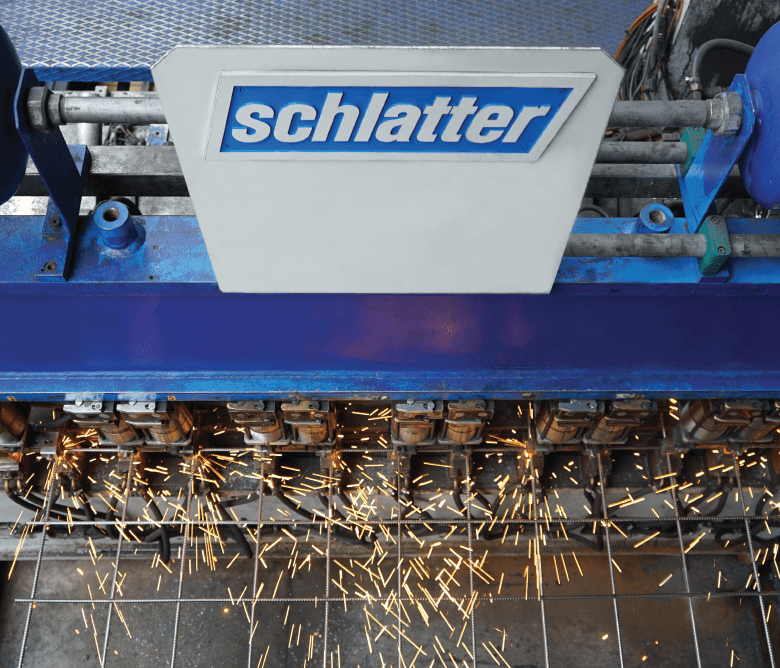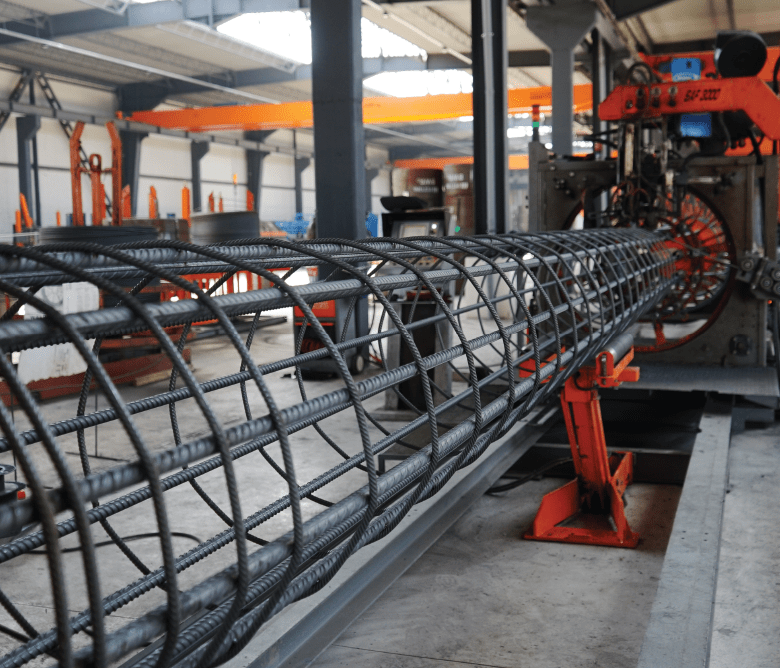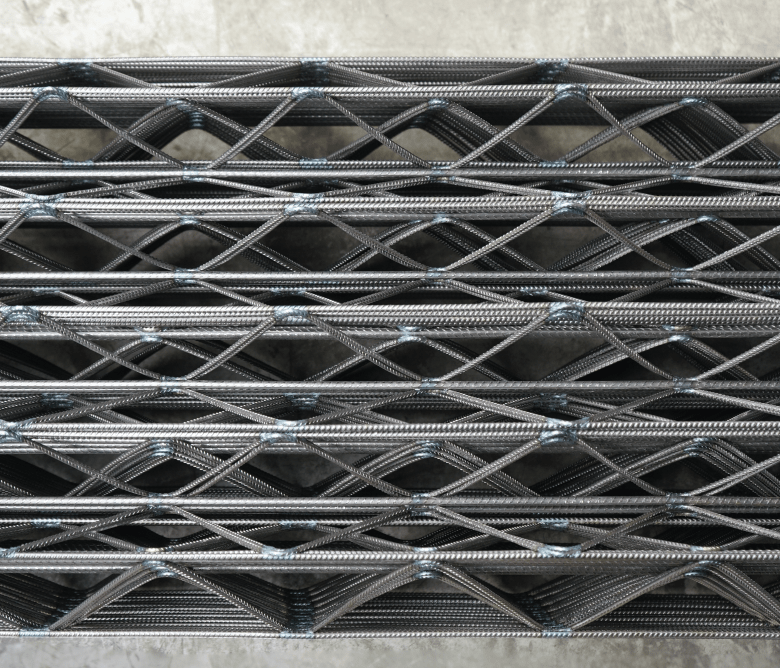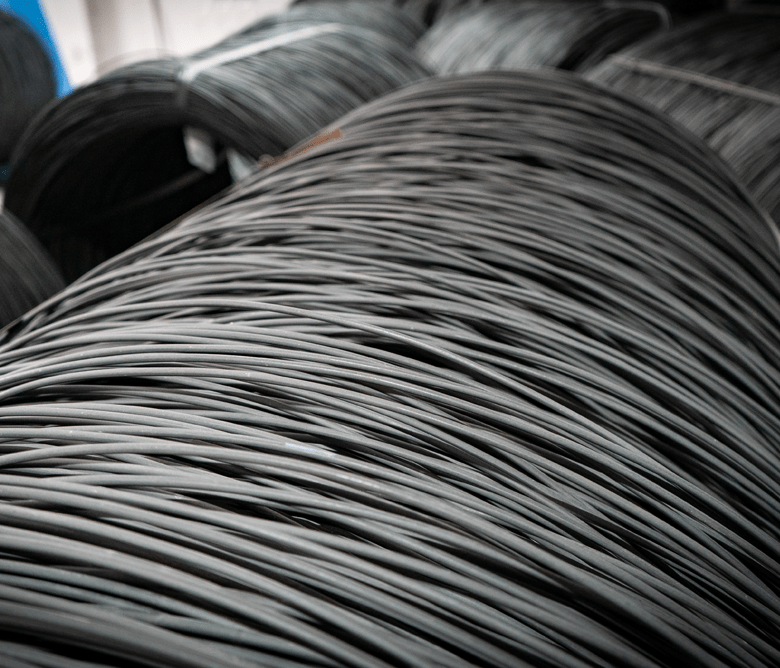REBAR BENDING AND CUTTING
Reinforcing bars (also called “rebar”) are ribbed steel rods that reinforce concrete structures by acting like a “skeleton” around which the concrete is set or fixed. Such reinforcement is necessary because unreinforced concrete has low tensile strength and will collapse under the structural strain Rronifer has the capacity to process 230 tons per day, and this enables our customers, in addition to the quality they get from very sophisticated machines we also offer speed and delivery, this helps speed up the construction process.

WIREMESH
The reinforcing mesh is fixed in concrete to provide the necessary tensile strength to support large structural loads. However, unlike reinforcing bars, the mesh can be used to shape structures whilst also supporting them. Rronifer produces a wide range of wire mesh B500A according to DIN 488.Meshes are manufactured from cold-drawn wire rod.The diameters of the wires are from Ø5 to Ø10.Other sizes also can be produced based on client request.

PILOTS AND DIAFRAGMA
The pilots are constructed with a line of cross section shapes. The main reinforcement in pilots is the longitudinal reinforcement which contributes to the compressive strength resistance and therefore reduces the required cross section size. Transverse reinforcement, in the form of joints, is also provided to provide lateral support for longitudinal reinforcements, to inhibit a crack-type damage from compression.

BEAM
Beam as a structural element that primarily resists loads applied laterally to the beam's axis. Its mode of deflection is primarily by bending. The loads applied to the beam result in reaction forces at the beam's support points. The total effect of all the forces acting on the beam is to produce shear forces and bending moments within the beams, that in turn induce internal stresses, strains and deflections of the beam. Beams are produced by their manner of support, profile, equilibrium conditions, length.

Project description
High carbon steel properties include a very high strength, extreme hardness and resistance to wear, and moderate ductility, a measure of a material's ability to tolerate being deformed without actually breaking. Their hardness allows them to create strong springs and wire forms that are economical, strong and durable, a combination preferred by many businesses. Their features also make high carbon steels the perfect choice for a variety of industries, from metallurgy to construction.


